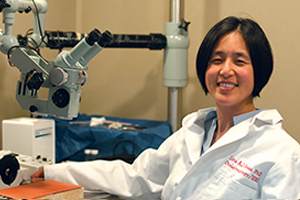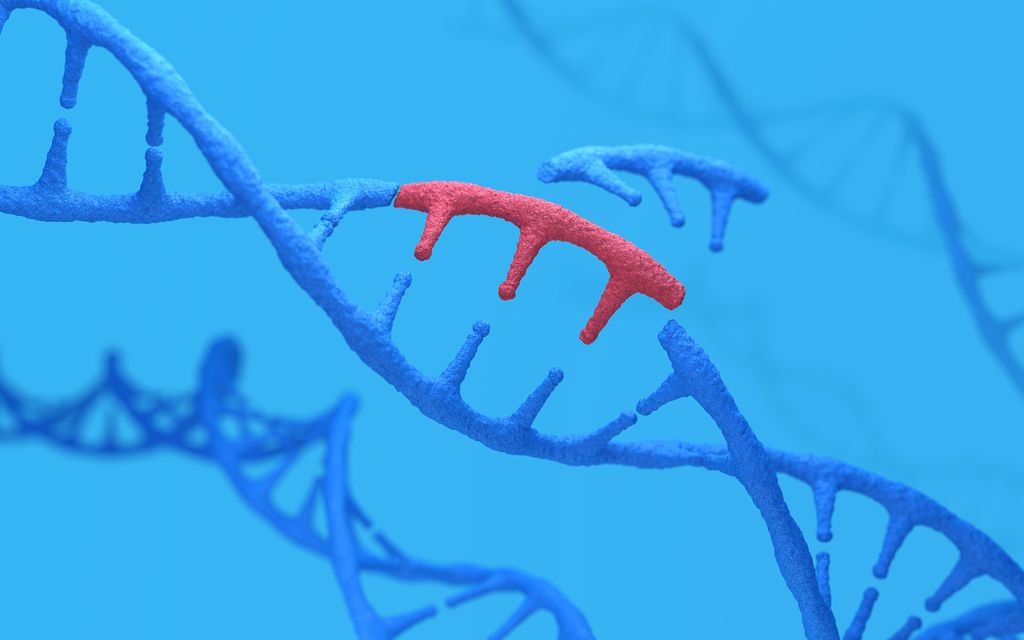A Unique, Fast Synapse in the Inner Ear Keeps Us From Falling
Cortical Response Applications for Audiometric and Audibility Assessment
Dr. Sam Atcherson gave a live webinar on AudiologyOnline on the applications of cortical auditory evoked potentials (CAEPs) for threshold estimation purposes and audibility.
Source: https://www.audiologyonline.com/articles/cortical-response-applications-for-audiometric-12165
Supporting Equity and Inclusion of Deaf and Hard-of-Hearing Individuals in Professional Organizations
A group of deaf and hard-of-hearing (D/HH) engineers, scientists, and clinicians, most of whom are active in clinical practice and/or auditory research, have worked within our professional societies to improve access and inclusion for D/HH individuals and others with disabilities.
Source: https://www.frontiersin.org/articles/10.3389/feduc.2021.755457/full
Study explains ‘cocktail party effect’ in hearing impairment
New research from OHSU, VA Portland suggests new therapies for people with hearing loss.
Source: https://news.ohsu.edu/2021/04/21/study-explains-cocktail-party-effect-in-hearing-impairment
Translational Hearing Center awarded largest NIH grant in Creighton University history
A research center dedicated to preserving or restoring hearing loss has been awarded the largest National Institutes of Health grant in the history of Creighton University.
Cochlear implants are labour-intensive to fine-tune, but this man’s new algorithm cuts time and volunteer hours
A biomedical engineer at The University of Sydney, who has cochlear implants himself, has come up with an algorithm that provides a more streamlined way of testing new ideas so it is easier to tailor them to an individual’s ability to hear different noises.
Source: https://www.abc.net.au/news/health/2020-11-05/cochlear-implants-improving-hearing-in-noise/12839122
New OHSU research suggests in-womb gene correction
Findings in mice reveal possibilities for fetal drug therapy to treat deafness.
Source: https://news.ohsu.edu/2020/04/06/new-ohsu-research-suggests-in-womb-gene-correction
Scientist wants to help people with hearing loss gain access to music

A cochlear implant helped Ray Goldsworthy regain his hearing. Now, he’ll use his research — and a $2 million grant from the National Institutes of Health — to help others with implants connect to music.
Source: https://news.usc.edu/163260/access-to-music-cochlear-implant-usc-research-hearing/
Audiologists with Hearing Loss Share Unique Patient Connection
Source: https://drive.google.com/file/d/1XH5OLvMXWQAtxdCREo8l05EeHRqmBp0d/view?usp=sharing
Scientists Find Gene for Age Related Hearing Loss
Scientists find gene for age related hearing loss – Hearing Like Me

Scientists recently discovered genes causing age-related hearing loss. What are the implications? What other hearing loss research exists?
Source: www.hearinglikeme.com/scientists-find-gene-for-age-related-hearing-loss/
Sounds of Progress – JHU Engineering Magazine
Sounds of Progress – JHU Engineering Magazine

Lina Reiss, PhD ’05, is pursuing two avenues of research: a better hybrid cochlear implant and helping people with hearing loss interpret the sounds they can hear.
Source: engineering.jhu.edu/magazine/2017/05/sounds-of-progress/
A year to cheer for hearing pioneer | Bioengineering | Rice University
A year to cheer for hearing pioneer | Bioengineering | Rice University
Run of 2018 awards helps Rice bioengineer Rob Raphael advance cochlear implant research.
Source: bioengineering.rice.edu/news/year-cheer-hearing-pioneer
Do Chickens Hold the Cure for Hearing Loss?
Do Chickens Hold the Cure for Hearing Loss?

Source: www.youtube.com/watch?v=CmgwzPWU5-I
To hear again: Birds regrow damaged inner ear cells. Why can’t we?
Hunkered over her computer, Amanda Janesick, PhD, a postdoctoral scholar studying the biology of hearing, points to a series of microscopic images on the screen. The time-lapsed cross sections of a chicken’s inner ear show multitudes of hearing cells dying off and multitudes of new ones replacing them.
Source: http://stanmed.stanford.edu/listening/scientists-hope-cure-hearing-loss-studying-birds.html
Cochlear Trafficking Mechanisms
This animation describes Dr. Peter Steyger and his laboratory’s research on how antibiotic molecules move from blood vessels into cochlear hair cells. His research is key to finding ways to prevent drug-induced deafness that can be caused by extended antibiotic treatment in premature infants and patients with systemic inflammation.
Source: https://www.youtube.com/watch?v=kvPCb86KFyo
Antibiotic Trans-barrier Mechanisms in the Cochlea
This animation showcases research on how antibiotic molecules (red) can cross the endothelial cell barrier in the inner ear. The original illustration was drawn by Dr. Peter Steyger at Oregon Health & Science University and I modified it to create this animation. (Based on research published in Koo et al., Science Translational Medicine).
Source: https://www.youtube.com/watch?v=IytIimB1XdQ
Aspirin-like pain reliever diflunisal blocks hearing protein: Rice University study: Commonly prescribed analgesic suppresses inner-ear protein
Aspirin-like pain reliever diflunisal blocks hearing protein: Rice University study: Commonly prescribed analgesic suppresses inner-ear protein
A new study has found that the aspirin-like drug diflunisal blocks the action of prestin, a key protein that is required for hearing.
Source: www.sciencedaily.com/releases/2017/09/170905123235.htm
Hearing Help
Hearing Help

For decades, the only remedies for hearing loss were devices such as hearing aids or cochlear implants. Now, the first pharmaceutical treatments may be on the way.
Source: www.the-scientist.com/features/hearing-help-34919
The goal: Bring music to cochlear implantees
Born profoundly deaf, Joseph Heng remembers sitting down at the piano in his family’s Singapore living room one day when he was 13 and pressing the keys. Heng, now a sophomore studying biomedical engineering in the Whiting School of Engineering, could discern the sounds of various notes because he had just been surgically fitted with a cochlear implant, a device designed to process and deliver sounds to the auditory nerve, allowing deaf people to hear.
Source: https://pages.jh.edu/~gazette/2009/06apr09/06pura.html
Understanding Music Heard Through Cochlear Implants
Understanding Music Heard Through Cochlear Implants

Music sounds very different to cochlear implant users. Researchers are trying to improve the experience.
Source: www.the-scientist.com/notebook/understanding-music-heard-through-cochlear-implants-31919










